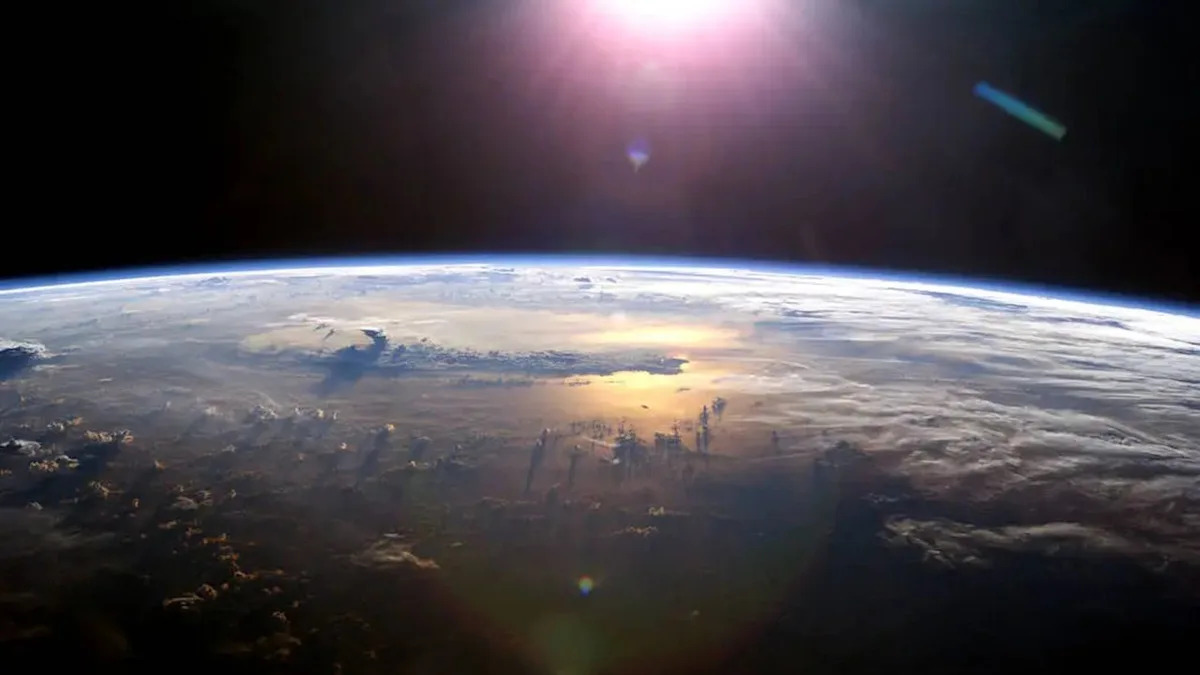Home / Environment / Sulfur Injection Scheme Faces Unexpected Challenges, Warns Atmospheric Scientists
Sulfur Injection Scheme Faces Unexpected Challenges, Warns Atmospheric Scientists
23 Oct
Summary
- Stratospheric sulfur injections may disrupt monsoons and worsen ozone depletion
- Geoengineering particles could accumulate unevenly, altering global heat distribution
- Alternatives to sulfur, like diamond and zirconia, are impractical for large-scale use

Accordingtoanewresearchpaperpublishedin2025,theconceptofgeoengineeringthroughstratosphericsulfurinjections(SAI)tocooltheplanetandoffsetclimatechangemayfacemorechallengesthanpreviouslythought.Thestudyclaimsthatwhilethe1991eruptionofMountPinatubodemonstratedthecoolingeffectofsulfurparticlesintheatmosphere,italsodisruptedtheIndianmonsoonsystem,causingadroughtacrossSouthAsia.\\n\\nAdditionally,theresearcherswarnthattheunevenaccumulationoftheseparticlesaroundtheequatororthepolescouldfurtherdisruptglobalatmosphericcirculationpatternsandalterhowheatisdistributedaroundtheplanet.Thesulfurparticlesarealsolikelytoreactwithrainwater,formingacidicrainthatcanharmthesoil.\\n\\nThestudy\'sauthors,FayeMcNeillandMirandaHackfromColumbiaUniversity,alsoexaminedalternativestosulfur,suchasdiamond,cubiczirconia,andrutiletitania,butfoundthatthesematerialsareeithertoorareandexpensiveordifficulttoevenlydisperseintheatmosphere.Asaresult,theyconcludethatthesechemicalsarenotlikelytobeaseffectiveassulfurforlarge-scalegeoengineeringefforts.\\n\\nTheresearchersemphasizethatwhilecomputermodelscansimulatetheeffectsofgeoengineeringinterventions,thereal-worldimplementationislikelytobemuchmorecomplexandunpredictable,withinevitablesurprises.Theycautionthattherangeofpossibleoutcomesfromsuchinterventionsismuchwiderthanpreviouslyappreciated.




